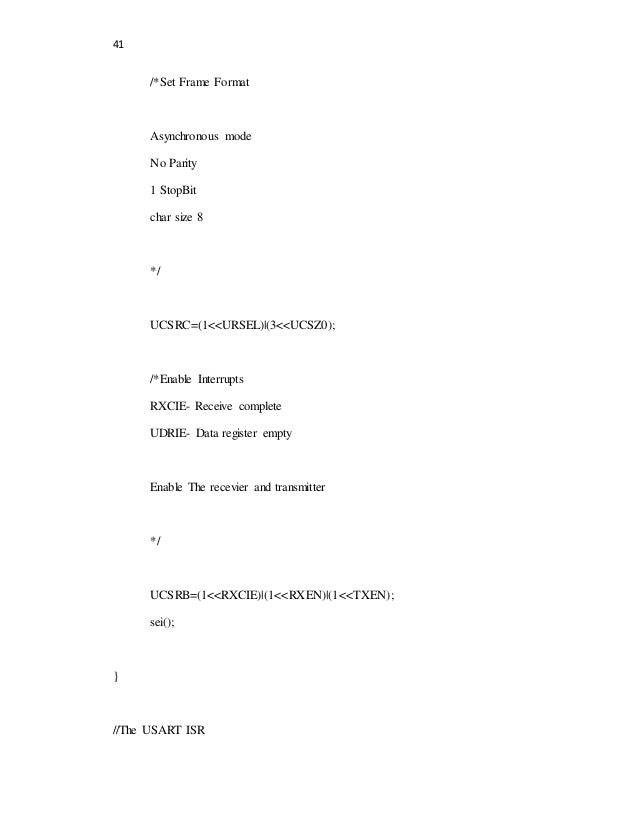
May 29, · * That the Dissertation Or Thesis On Robotics product provided is intended to be used for research or study purposes only. Any cookies that may not be particularly necessary for the website to function and is used specifically to collect user personal data via analytics, ads, other embedded Dissertation Or Thesis On Robotics contents are termed /10() Our one-of-a-kind thesis, dissertation, or proposal on "Robotics" can include any of the unique features listed at right (click on a feature for details). Each feature is optional and does NOT increase the price per page. You can choose all of the features, any combination of the features, or choose your own features—it is completely up to YOU Dissertation Or Thesis On Robotics the essays and papers on your own. It's Dissertation Or Thesis On Robotics safer that way and helps avoid any uncomfortable questions. You're the author and that's the way it goes. Turn it custom-written papers, get above-average grades, and /10()
Ph.D. Dissertation: Human-Robot Collaborative Learning Methods | Uri Kartoun
Skip to main content. Main Menu Utility Menu Search. Bio written in Publications or before. Citation: Kartoun U. Dissertation: Human-Robot Collaborative Learning Methods.
Ben-Gurion University of the Negev. Download Citation. BibTex Tagged XML. pdf 5. Thesis Type: Ph. Dissertation Abstract: To accelerate the use of robots in everyday tasks they must be able to cope with unstructured, unpredictable, and continuously changing environments.
This requires robots that perform independently and learn both how to respond to the world and how the world responds to actions the robots undertake. One approach to learning is reinforcement learning RLdissertation or thesis on robotics, in which the robot acts via a process guided by reinforcements from the environment that indicate how well it is performing the required task. Common RL algorithms in robotic systems include Q and its variation Q λ -learning, which are model-free off-policy learning algorithms that select actions according to several control policies.
Dissertation or thesis on robotics Q and Q λ learning have been used in many robotic applications, dissertation or thesis on robotics, these approaches must be improved. Their drawbacks include: i extremely expensive computability, ii large state-action spaces, and iii long learning times until convergence to an optimal policy.
This thesis presents a new collaborative learning algorithm, denoted the CQ λ algorithm, that is based on the Q λ -learning algorithm.
The CQ λ -learning algorithm was developed, dissertation or thesis on robotics, tested and applied for two frameworks: i learning by multiple agents, and ii learning by human-robot systems.
In the first framework, dissertation or thesis on robotics, collaboration involves taking the maximum of state-action values, i. In the second framework, two levels of collaboration are defined for a human-robot learning system: i autonomous - the robot decides which actions to take, acting autonomously according to its Q λ learning function, and ii semiautonomous - a human operator HO guides the robot to take an action or a policy and the robot uses the suggestion to replace its own exploration process.
The key idea here is to give the robot enough self awareness to adaptively switch its collaboration level from autonomous self performing to semi-autonomous human intervention and guidance. This awareness is represented by a self test of its learning performance. The approach of variable autonomy is demonstrated in the context of an intelligent environment using mobile and fixed-arm robots.
Extensive experimentation with different robotic systems in a variety of applications demonstrated the strengths and weaknesses of the algorithm.
Applications specifically developed for testing the CQ λ -learning algorithm are demonstrated in the context of an intelligent environment using a mobile robot for navigation and a fixed-arm robot for the inspection of suspicious objects. Dissertation or thesis on robotics results dissertation or thesis on robotics that CQ λ is superior over the standard Q λ algorithm. The suggested learning method is expected to reduce both the number of trials needed and the time required for a robot to learn a task.
Recent Publications The Spectrum of Insomnia-Associated Comorbidities in an Electronic Medical Records Cohort Using an Electronic Medical Records Database to Identify Non-Traditional Cardiovascular Risk Factors in Nonalcoholic Fatty Liver Disease A Prediction Model to Assess Mortality Risk in Cirrhosis Development and Validation of an Algorithm to Identify Nonalcoholic Fatty Liver Disease in the Electronic Medical Record Demonstrating the Advantages of Applying Data Mining Techniques on Time-Dependent Electronic Medical Records A Risk Model for Day Heart Failure Re-Admission using Electronic Medical Records.
Copyright © The President and Fellows of Harvard College Privacy Accessibility Digital Accessibility Report Copyright Infringement.
How To Write A Dissertation Or Thesis - 8 Step Tutorial + Examples
, time: 37:58Home - Robotics - LibGuides at Carnegie Mellon University

Dissertation Or Thesis On Robotics the essays and papers on your own. It's Dissertation Or Thesis On Robotics safer that way and helps avoid any uncomfortable questions. You're the author and that's the way it goes. Turn it custom-written papers, get above-average grades, and /10() In collaboration with the Dissertation Chair (s), the student forms a Dissertation Committee following specific guidelines regarding the composition of the Committee. A Robotics Ph.D. student’s dissertation committee first must satisfy Rackham’s Guidelines for Dissertation blogger.comted Reading Time: 3 mins Aug 25, · A dissertation or thesis is a document submitted in support of candidature for a degree or professional qualification presenting the author's research and findings. (International Standard ISO Documentation — Presentation of theses and similar documents).Author: Jessica Benner
No comments:
Post a Comment